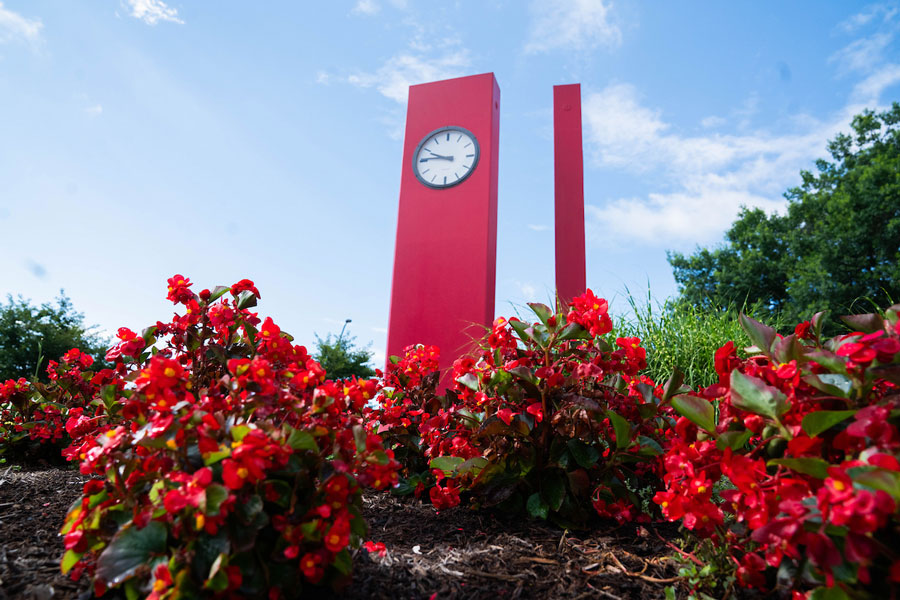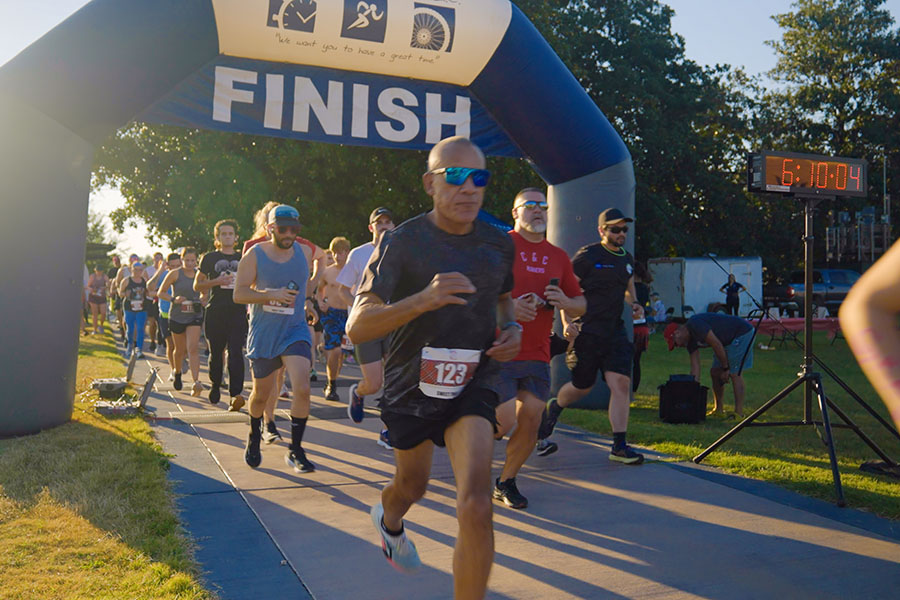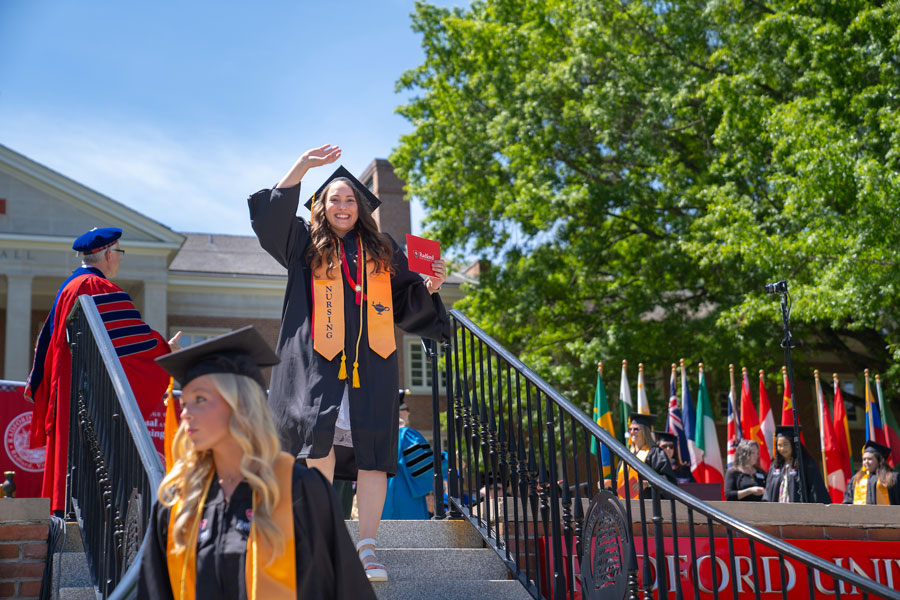Radford University
Radford News
2025 Top Adventure College
#1 in the Southeast and Mid-Atlantic
Thanks to the strong support from students, faculty, staff, alumni and fans, Radford rose to the top for its incredible access to outdoor recreation, thriving campus culture and commitment to adventure. With the New River and Blue Ridge Mountains as our backyard, there's no better place to learn and explore.
Latest News
-
Highlanders in the News: Week of Sept. 26, 2025
September 25, 2025
This week: Radford’s enrollment report is in; Zach Collier assesses risks; Angela Joyner talks community connections with Radford’s city council; and Chapman Rackaway diagnoses a heated political climate.

-
Highlander spirits run high at second annual Tartan 5K: A Twilight Run
September 25, 2025
Runners, walkers, canines and bystanders all had a great time at the second annual Tartan 5K: A Twilight Run.

-
Post-graduation outcomes outperform national placement rates
September 19, 2025
Radford University 2024 graduates successfully secure jobs at a rate above the national average.

-
Highlander Highlights: Week of Sept. 15, 2025
September 19, 2025
Highlander Highlights shares with readers some of the extraordinary research and accomplishments happening on and off campus through the tireless work and curiosity of our students, staff and faculty.

-
Radford’s first Biz Expo infuses fun into financial education
September 18, 2025
More than 200 students attended the event, held Sept. 11 by the Davis College of Business and Economics. The Biz Expo gave students a practical overview of the college’s many majors and disciplines, but it did so with fun, games and a truckload of free ice cream.

-
September’s Board of Visitors meeting marks “a big transition time”
September 16, 2025
Topics of discussion during the BOV’s penultimate gathering of 2025 included Radford’s rise in enrollment and the school’s shift from its current two-year plan to an expansive six-year strategy.

-
Highlanders in the News: Week of Sept. 12, 2025
September 12, 2025
This week: A look at senior Will Justice’s recent seaside studies; Radford’s Professional Accelerated Cyber Education (PACE) program gets a profile; and Professor of Biology Karen Powers delves into one of the biggest hazards facing airborne birds.

-
Radford University adds online MBA in innovation
September 12, 2025
Radford University is expanding access to cutting-edge business education with a new online Master of Business Administration (MBA) concentration in Innovation.

